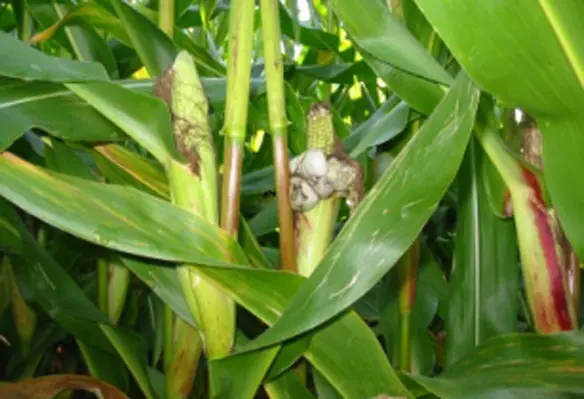The researchers at North Carolina State University have found a specific gene in corn that appears to be associated with resistance to two to three different plant leaf diseases
In a paper recently published in Nature Genetics, the researchers mentioned the gene, caffeoyl-CoA O-methyltransferase, that seems to confer partial resistance to Southern leaf blight and gray leaf spot, and possibly to Northern leaf blight, diseases that cripple corn plants worldwide.
Peter Balint-Kurti, a research plant pathologist and geneticist for the US Department of Agriculture-Agriculture Research Service (USDA-ARS), identified that the gene can potentially help the plant breeders to build the best traits into the future corn plants across the globe, by providing resistance to multiple diseases.
However, he mentioned that, the identifying the specific genes affecting disease resistance was a challenge to the team.
Qin Yang, state postdoctoral researcher at NC, added, “This gene also seems to be involved in lignin production. Generally, more lignin production seems to be linked to more robust disease resistance in plants.”
Southern corn leaf blight is a moderate problem in the southeastern US, Southeast Asia, southern Europe and parts of Africa. Prevalent in hot, humid climates around the globe, the disease causes small brown spots on leaves. The spots get larger and eventually spread to the whole plant. Balint-Kurti said that severe infections can cause major corn yield losses.
The gray leaf spot is found both in the US Midwest and Southeast and is also an important corn disease in Africa.
Northern leaf blight can be found in the Midwestern corn belt and in the Northeast. The disease causes cigar-shaped lesions on leaves.
The researchers in the university used fine mapping approach to identify the disease-resistant gene.





